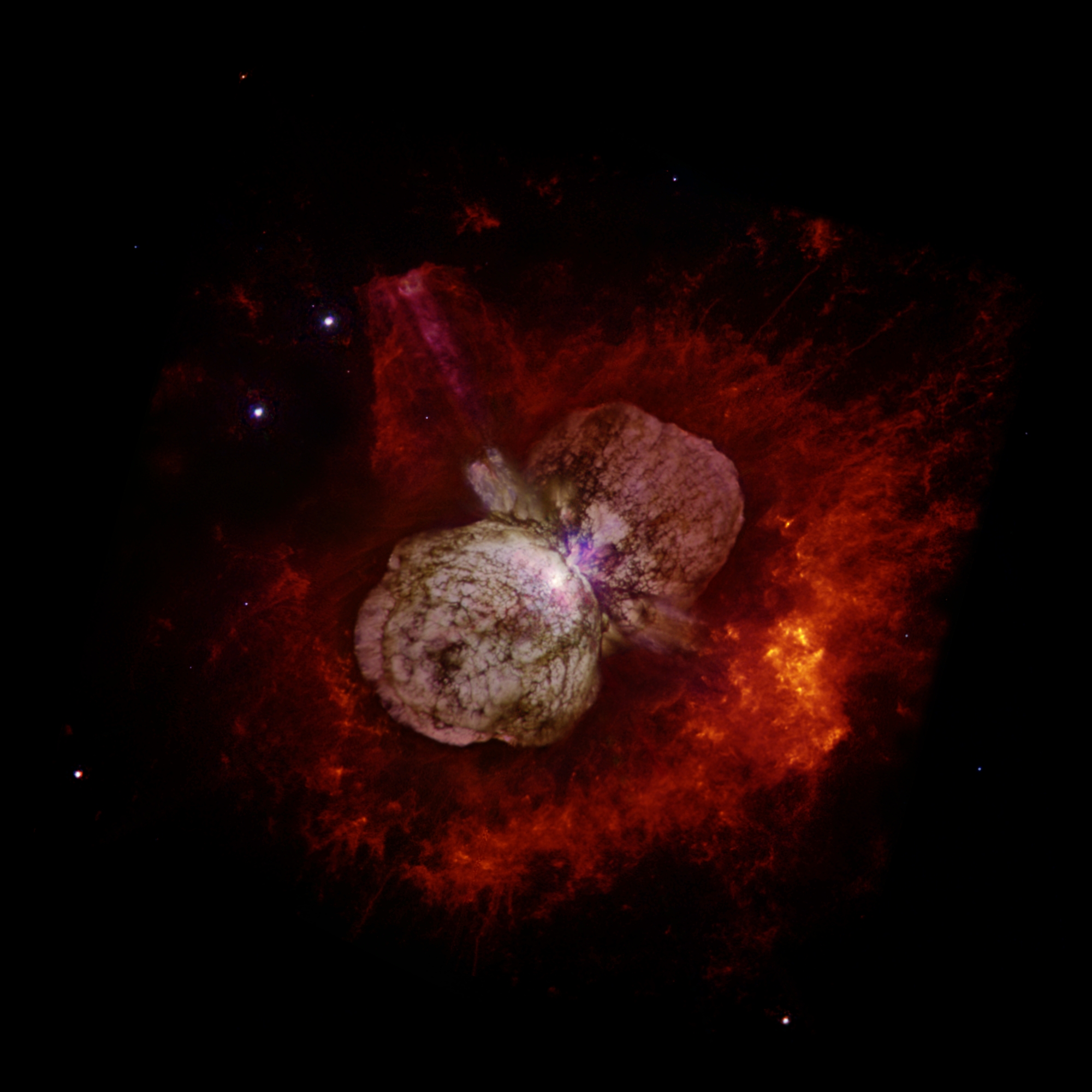I think I'll continue analyzing the predictive value of Firestone's (Nuclear scientist with U.S. Dept. of Energy’s Lawrence Berkeley National Laboratory) hypothesis.Rokcet Scientist wrote:Charlie, a supernova at 240 lightyears distance (which is extremely close in astronomical terms) would still be 240 x 9,5 billion = 2.280 billion miles away! If it took the light 240 years to get here – at the speed of light: 195,000 miles per second – how long do you think it would take for actual matter to get here? In fact, matter would probably still be underway for another couple million years before it got even near our solar system. And the odds that it would hit earth is smaller than the odds that a piece of an exploding melon in Europe would hit you – in Texas – in the face!Charlie Hatchett wrote:
[...] It's the remnants entering the Earth's atmosphere that would cause the fire, flooding and direct damage. The super nova in question was 240 light years away.
Forget the supernova theory. It is so unlikely it isn't even funny.
Now, all that is not to say there couldn't have been astronomical debris hitting earth, tilting the climate. That's happened throughout earth's history of course. It's almost common.
But it's got nothing to do with supernovas.
You asked: “If it took the light 240 years to get here – at the speed of light: 195,000 miles per second – how long do you think it would take for actual matter to get here?”.
Ca. 7000 years, by earth's clock.

